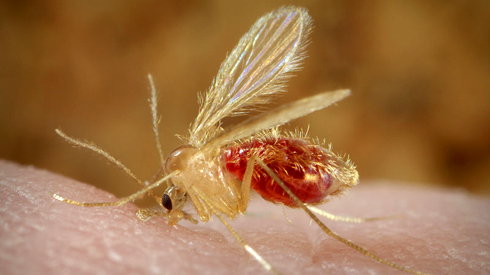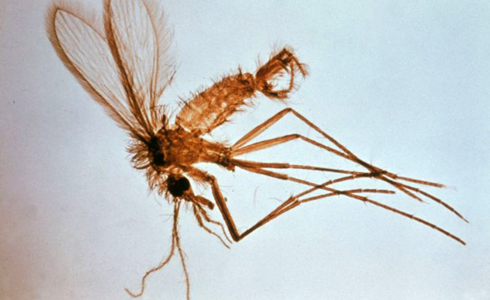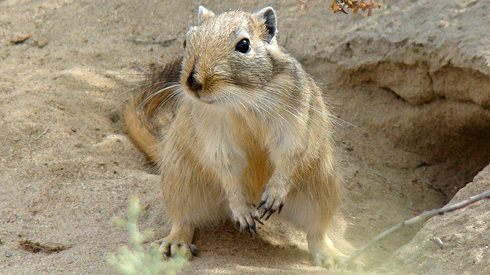Phlebotomus papatasi
The sandfly Phlebotomus papatasi is of particular interest as it plays a key role in a number of diseases that affect humans. These include viral infections that cause episodic fevers and, perhaps best-known, a form of the parasitic disease leishmaniasis that causes skin ulcers in humans.
Female sandflies transmit the disease-causing pathogens from infected animals to people via their bite, when they feed on blood.
According to the World Health Organisation, there are 1.5 million new cases of cutaneous leishmaniasis each year, mostly in tropical countries.
Species detail
-

Diseases
Find out more about the diseases that Phlebotomus papatasi transmits to humans, including what causes them and the transmission cycle involved in zoonotic cutaneous leishmaniasis.
-

Taxonomy
Phlebotomus papatasi was the first sandfly to be described. Learn about its taxonomic history and key features, and discover how it can be distinguished from similar-looking species.
-

Distribution and ecology
Discover where Phlebotomus papatasi is known from and learn about its common habitats and how these relate to epidemics of zoonotic cutaneous leishmaniasis. Find out about the dispersal of the species.
-

Biology
Phlebotomus papatasi females can develop more than 100 eggs. Find out more about the lifecycle of this species and the close association it has with mammals that are potential parasite carriers.
-

References
Get reference material for Phlebotomus papatasi.
Images

Female Phlebotomus sandfly. Female sandflies, but not males, bite mammals to feed on their blood. (Photographed by R. Killick-Kendrick)

A Phlebotomus papatasis sandfly on a photographer's arm, in the process of ingesting a blood meal (Image from the Centers for Disease Control and Prevention)

A male sandfly of the genus Phlebotomus (Image from the Centers for Disease Control and Prevention)

Focus of leishmaniasis transmission in northwest Iran (Photo: Clive Davies).

The great gerbil, Rhombomys opimus, is a reservoir host for Leishmania parasites which cause cutaneous leishmaniasis in humans. Adult Phlebotomus papatasi sandflies are adbundant in and around the burrows of these rodents.
© Yuriy Danilevsky (Wikipedia)Author
Dr Paul Ready
Research Entomologist studying Diptera in the Entomology Department.
